-
High-Yield Focus: Covers key anatomical structures most likely to appear on the ABSITE 2025.
-
Nerve Pathways: Detailed breakdowns of essential neural anatomy for surgical applications.
-
Vascular Landmarks: Highlights critical blood vessels and their clinical significance.
-
Exam-Oriented: Structured to help surgical residents efficiently prepare for ABSITE success.
-
Updated for 2025: Aligns with the latest ABSITE exam content and surgical standards.
Preview
MEN IIb is characterized by which of the following findings?
a.) Medullary carcinoma of the thyroid, pheochromocytoma, mucosal neuromas, & distinctive
marfanoid habitus
b.) Parathyroid hyperplasia, pancreatic islet cell tumors, & pituitary adenomas
c.) Medullary carcinoma of the thyroid, pheochromocytoma, & parathyroid hyperplasia
d.) Parathyroid carcinoma, pheochromocytoma & chronic pancreatitis – -CORRECT ANS- –
(a)
MMP
Medullary thyroid carcinoma
Mucosal neuromas
Pheochromocytomas
The operative procedure of choice for managing the most common type of choledochal cyst is
which of the following?
a.) Cyst gastrostomy
b.) Cyst jejunostomy
c.) Excision with Roux-en-Y hepaticojejunostomy
d.) Transduodenal marsupialization
e.) Endoscopic sphincterotomy – -CORRECT ANS- -(c)
Must excise. Leaving cyst = 25% cancer, 30% pancreatitis
Type I: (>90%) whole CBD involved. Excise, do hepatico-jejunostomy
Type II: diverticulum. Do diverticulectomy
Type III: Choledochocele involving sphincter. Excise, sphincteroplasty
Type IV: Intra- and Extrahepatic cysts. Tranplant
Type V: Intrahepatic cysts. Transplant
A 12yr old with a long history of recurrent pneumonias and a persistent dry cough undergoes
endoscopic ultrasound which shows an thin walled echo poor cyst anterior to the esphagus.
Mucoid material comes from the cyst. The most likely diagnosis is
a.) Extralobar sequestration
b.) Intralobar sequestration
c.) Thymic mass
d.) Bronchogenic cyst – -CORRECT ANS- -???
Lung tissue lacking a bronchial connection. Supplied by abnormal artery from descending aorta.
Extralobar (covered by own pleura). Intralobar (covered by adjacent lung pleura). Triangular or
oval-shaped mass in inferomedial lung. Left side more common. May become secondarily
infected.
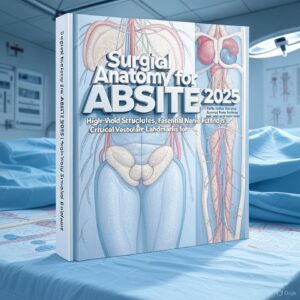
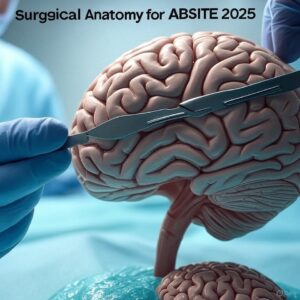


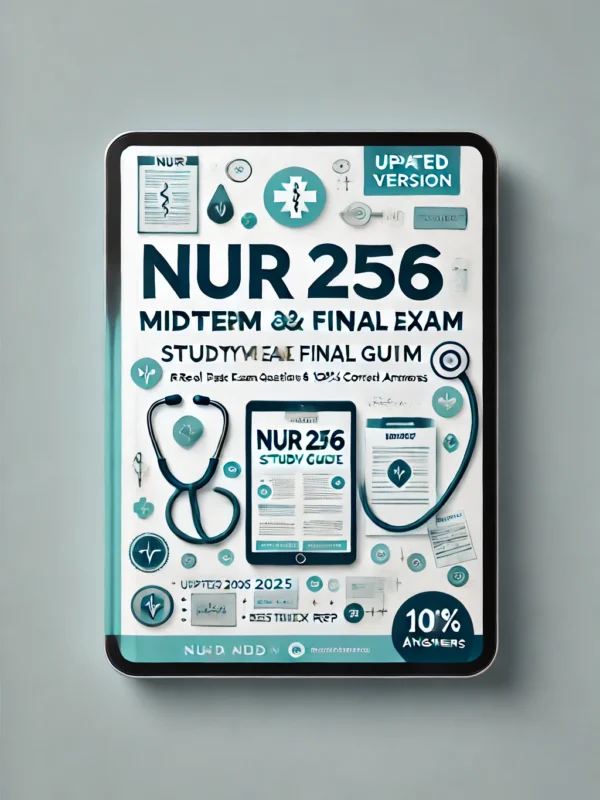
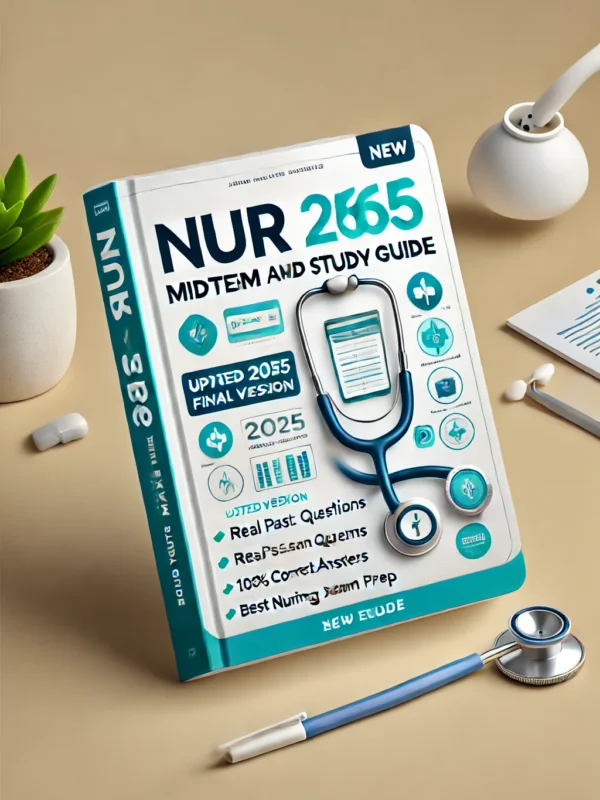

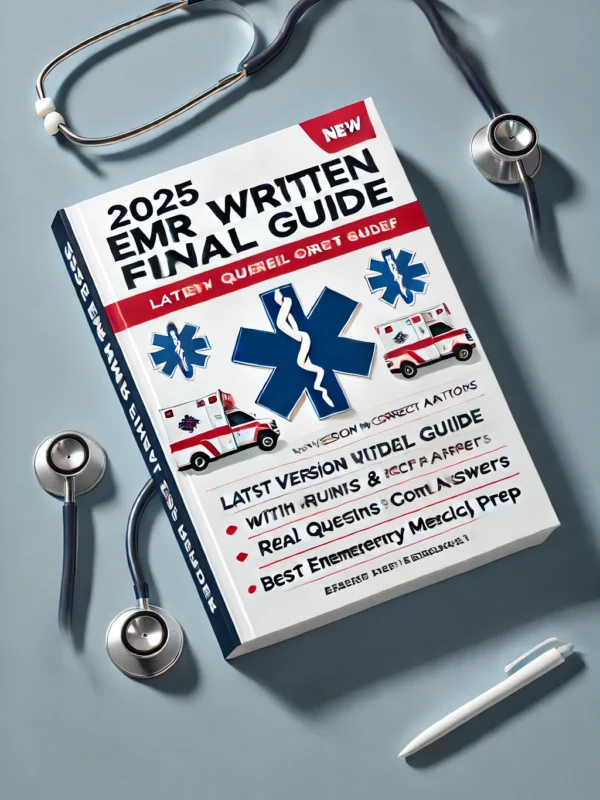
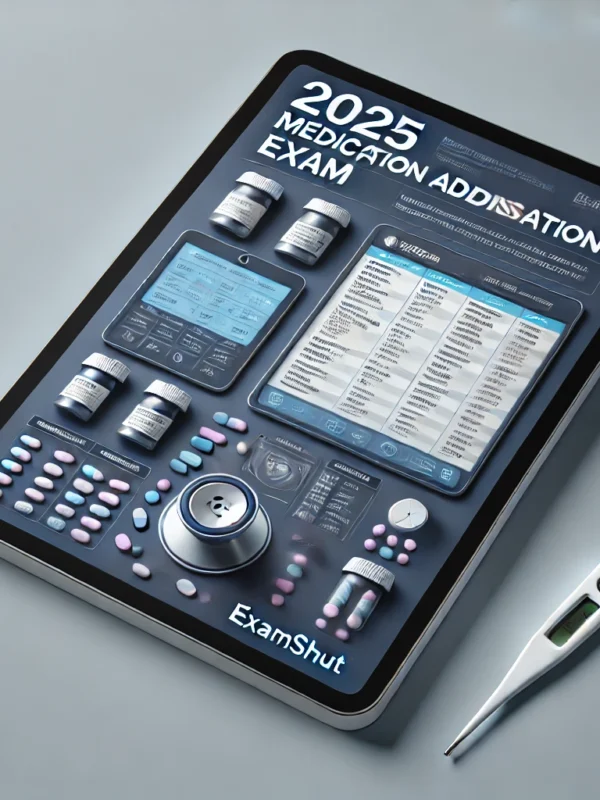
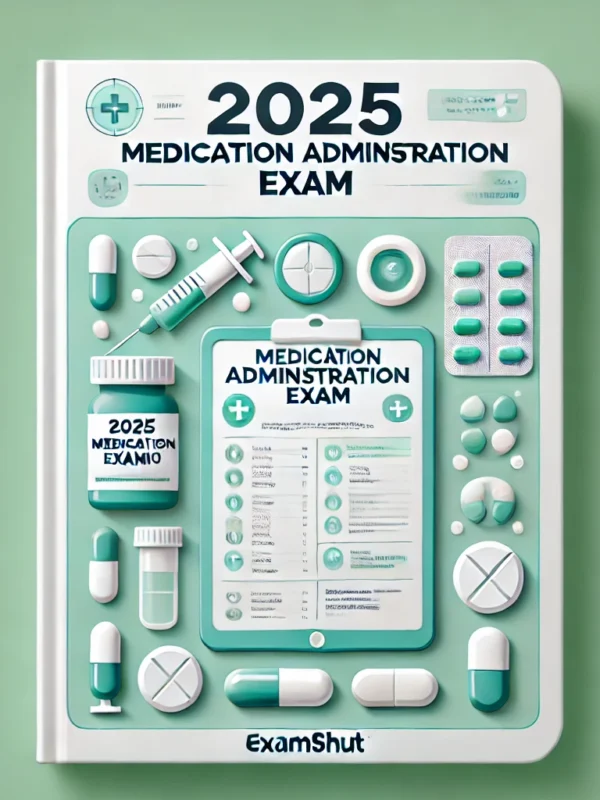
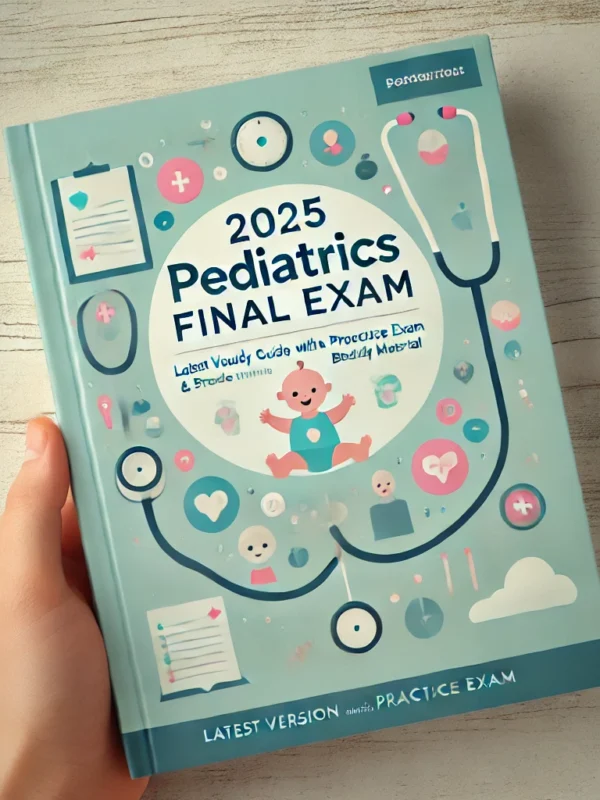
Reviews
There are no reviews yet.